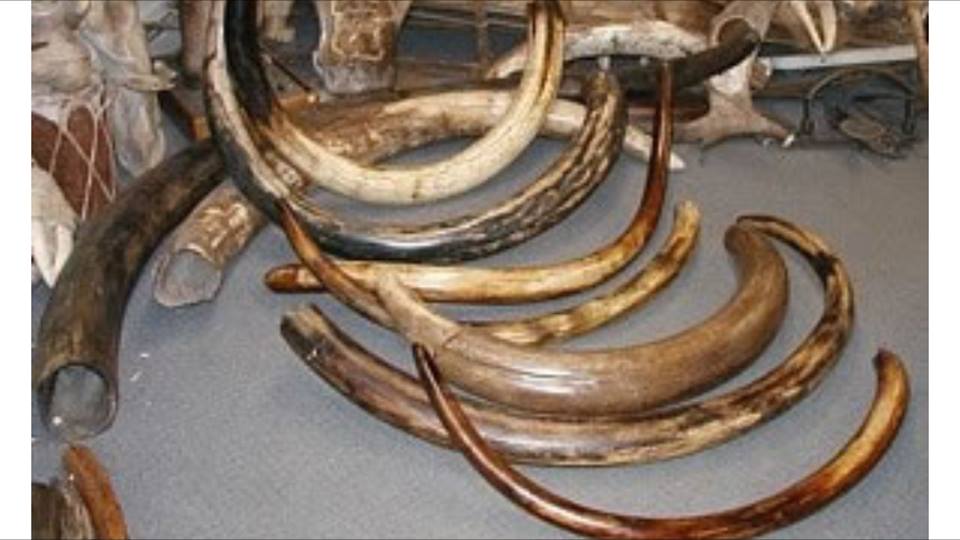
Introduction to Mammoth Ivory 101 Part 1
Share
Introduction to Mammoth Ivory 101 Part 1
As I mentioned earlier, the majority of what I do as an Ivory Carver is to educate people as the uniqueness of the mammoth ivory I use in my art. So I thought I would include this mini lecture that I teach as a guide to the products that I am showing.
As you view the pieces you will notice that there is a large variance in the colors that the ivory comes in. All Ivory starts white and as it lies in or on the ground it absorbs the minerals in the soil. From laboratory studies we know that it takes a minimum of 10,000 years for this color process to start, so the longer the ivory lies in the soil the darker it will become.
Another means to determine the age of the ivory is by it's hardness. Mammoth Ivory is not technically a fossil, because the core compounds have not yet been replaced by minerals petrified and turned to stone. However, Mastodon Ivory (which is very rare), has had a portion of its makeup replaced by mineral compounds and is thus very solid, almost rock like in some instances.
It has been determined by radio carbon dating that the last mammoth, known as the Mini Mammoths of Wrangle Island, Alaska, walked the earth about 4,000 years ago and that the extinction of the species was from over hunting by Clovis man.
As you can see from the items below, the darker the ivory the older it is.
|
|
||||||||||||||||||||||||||
10,000 year old fossil mammoth ivory cufflinks. |
|
|
20,000 year old fossil mammoth ivory necklace. |
|
|
60,000 year old fossil mammoth ivory tie tack. |


